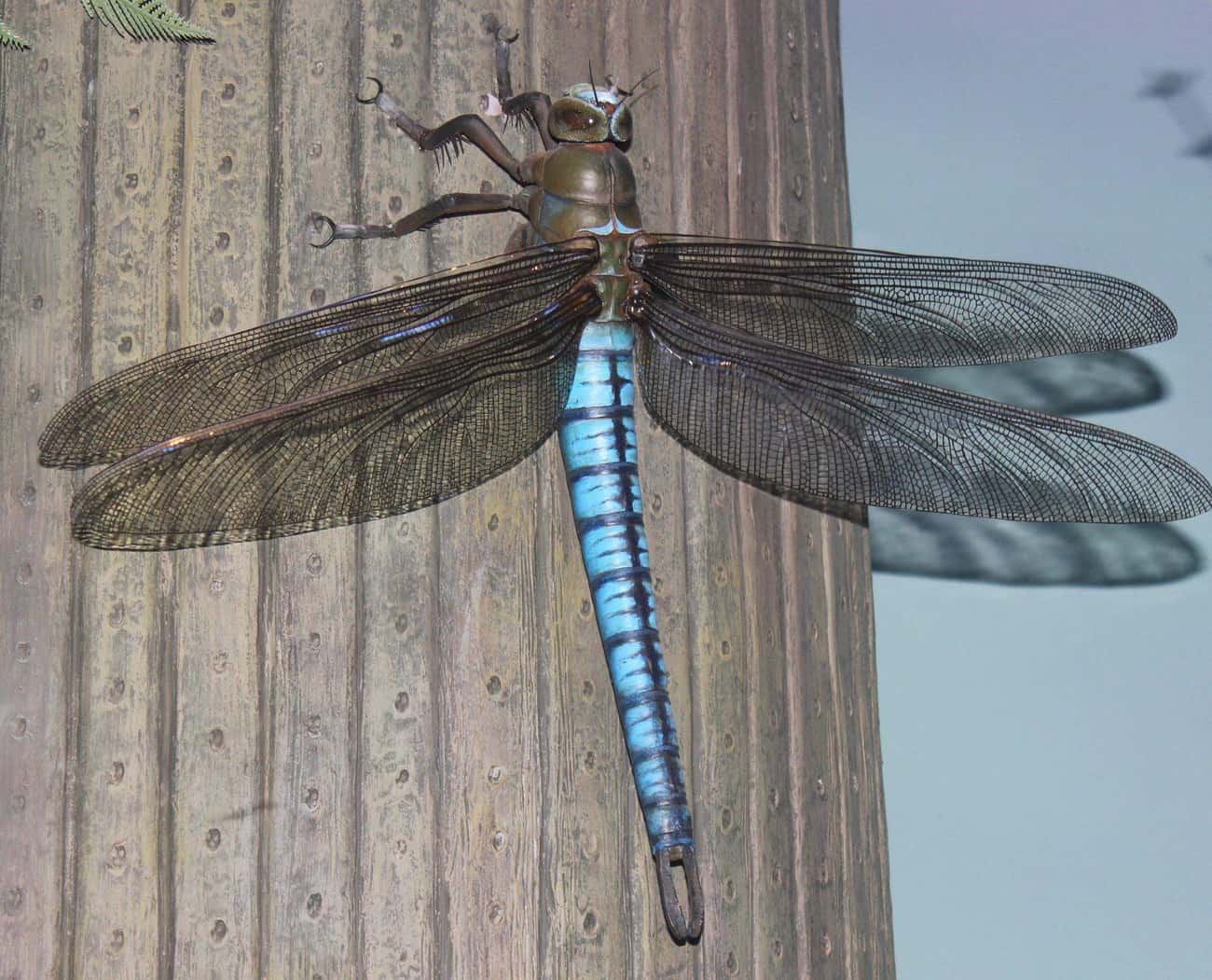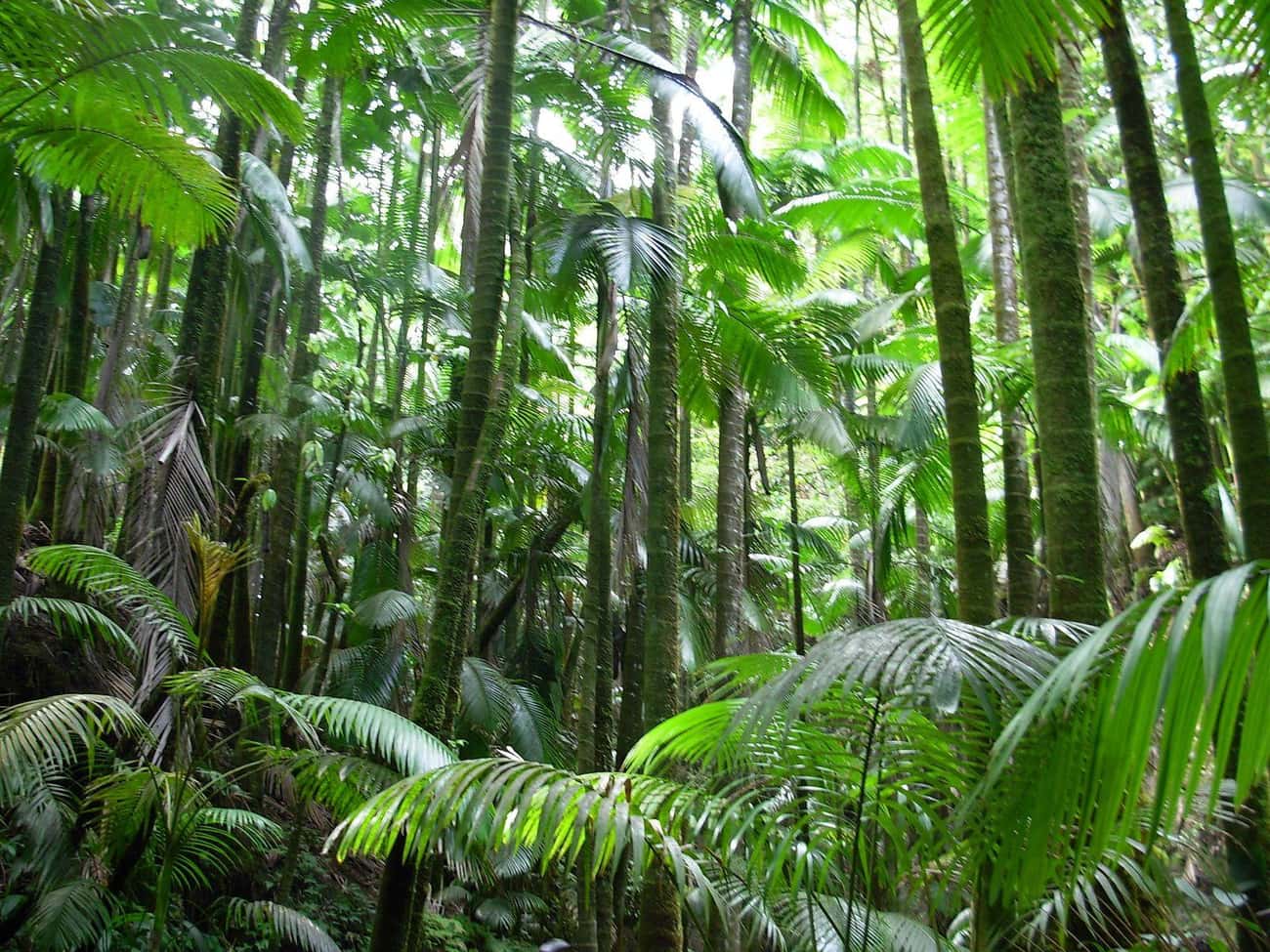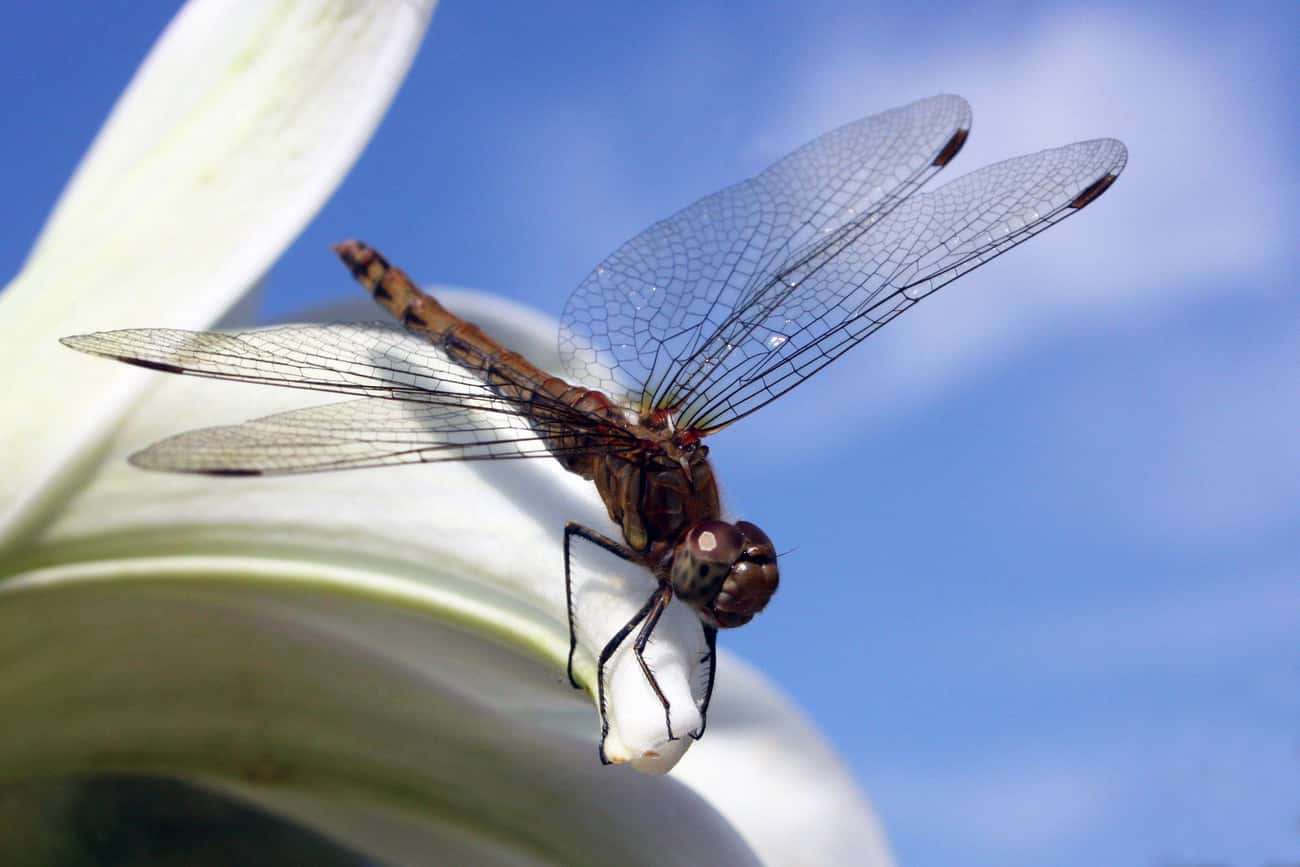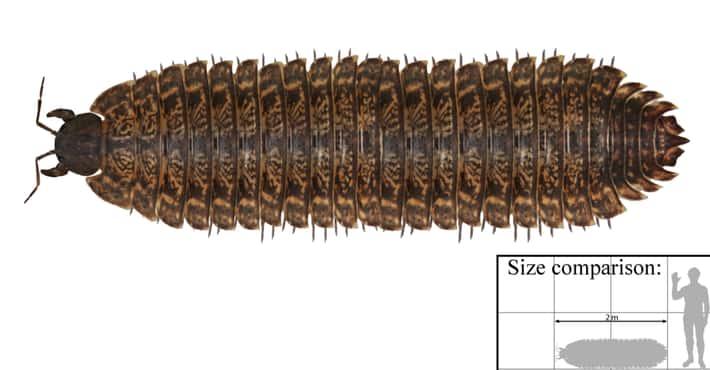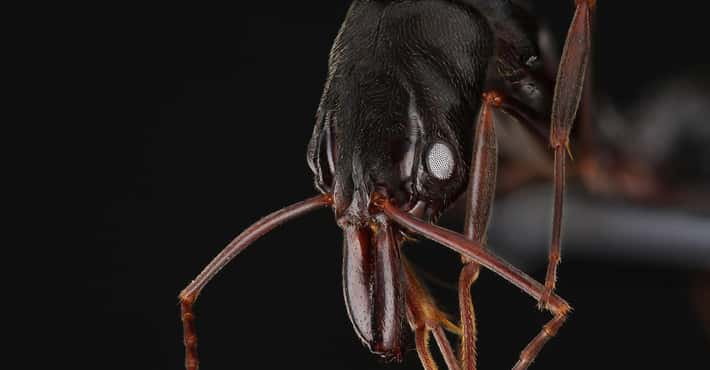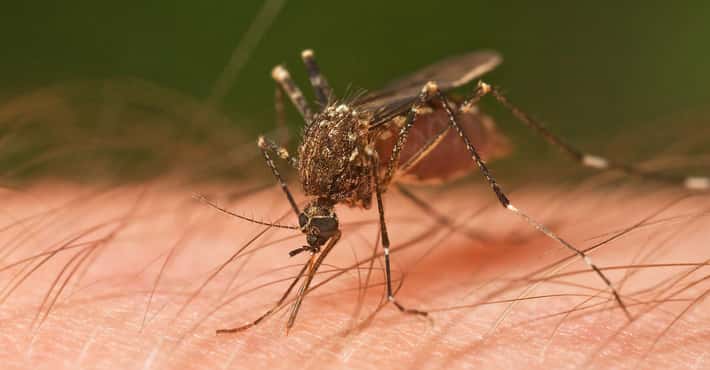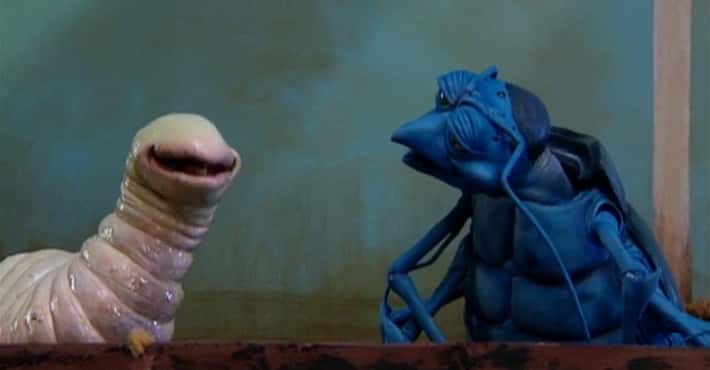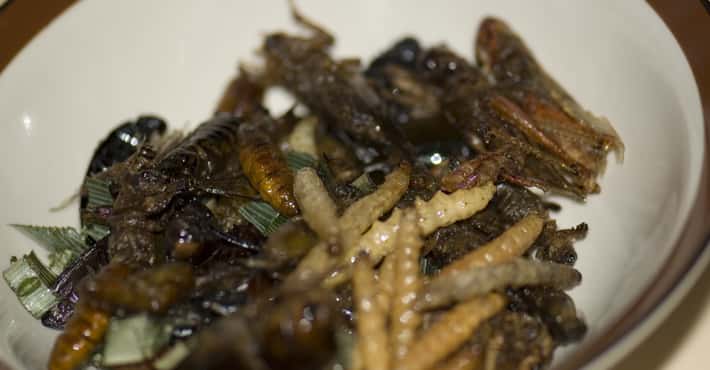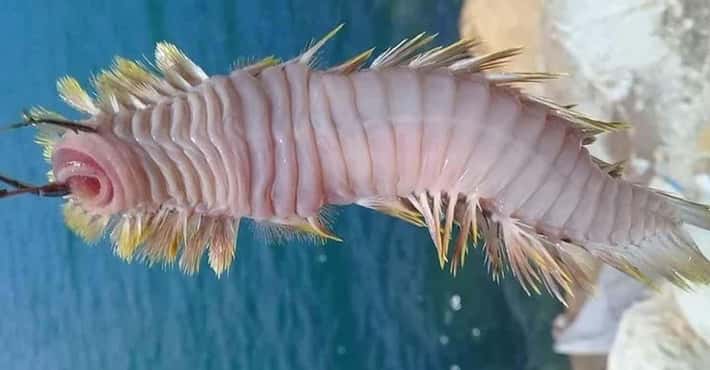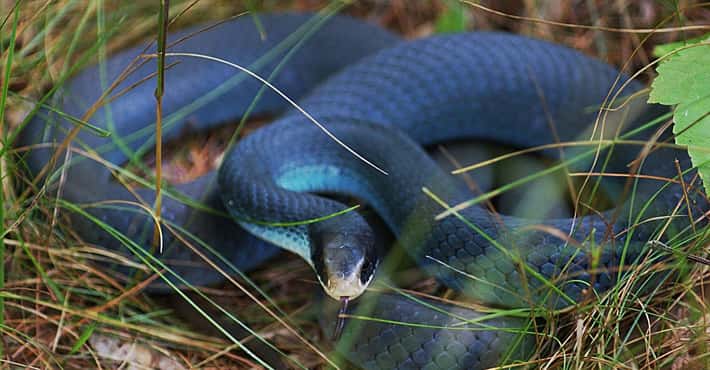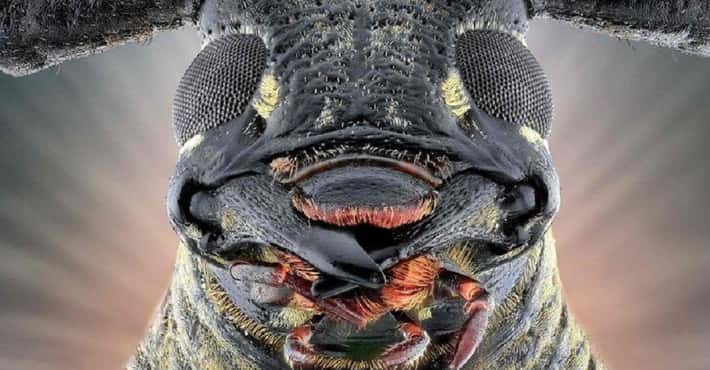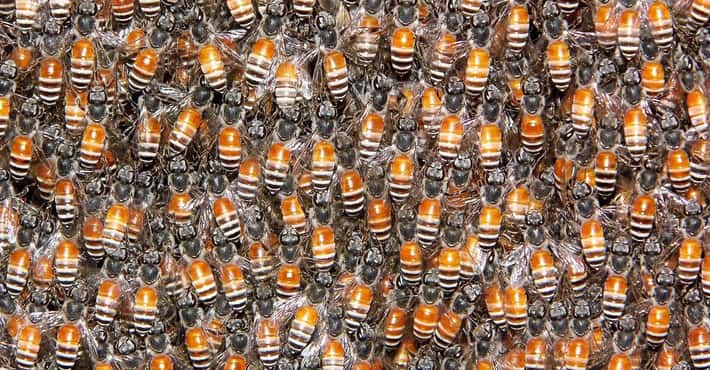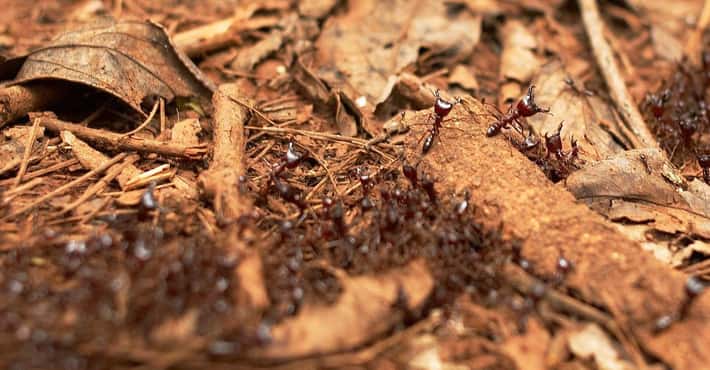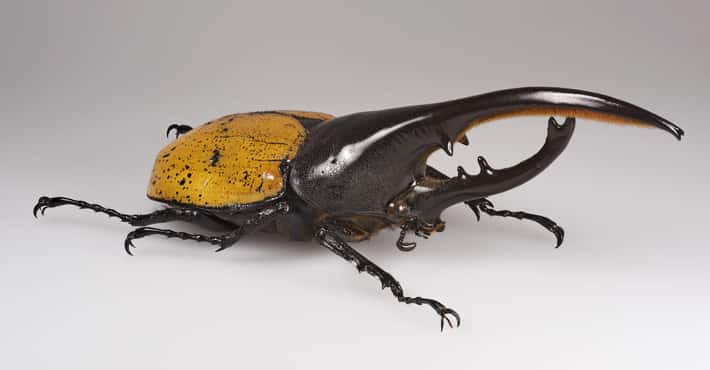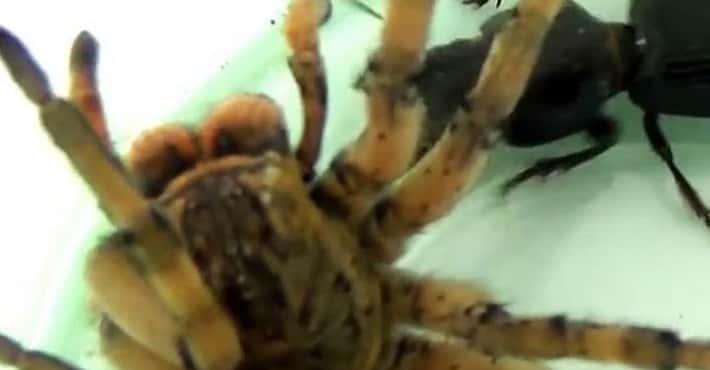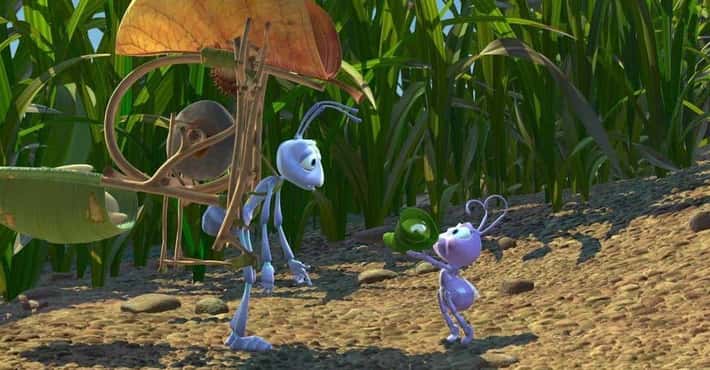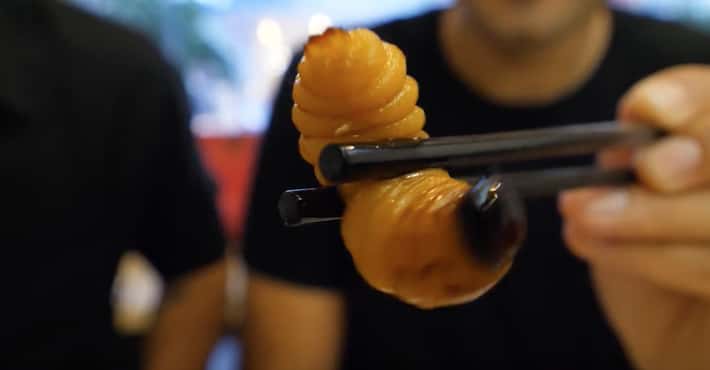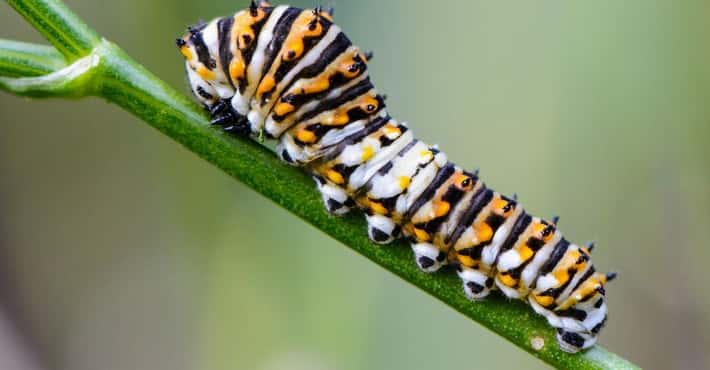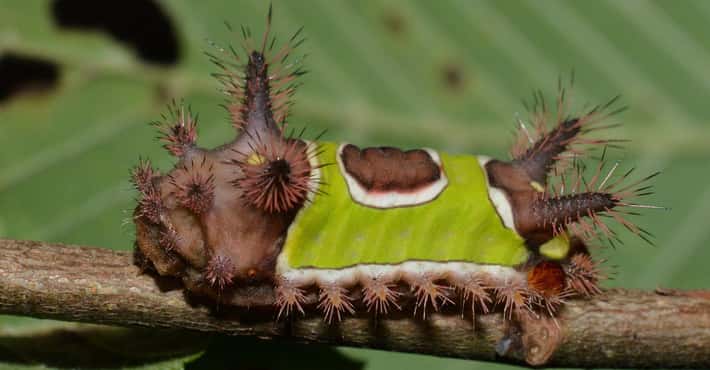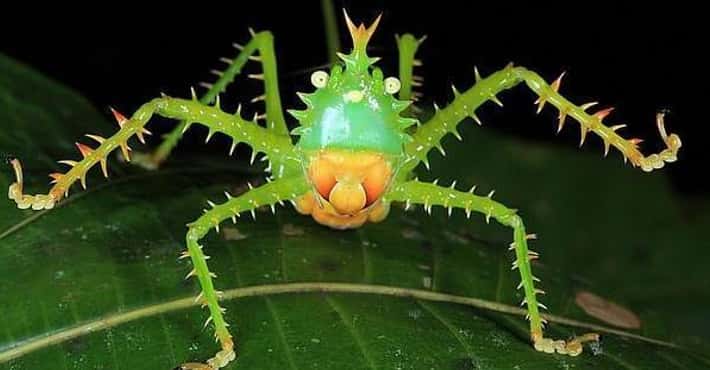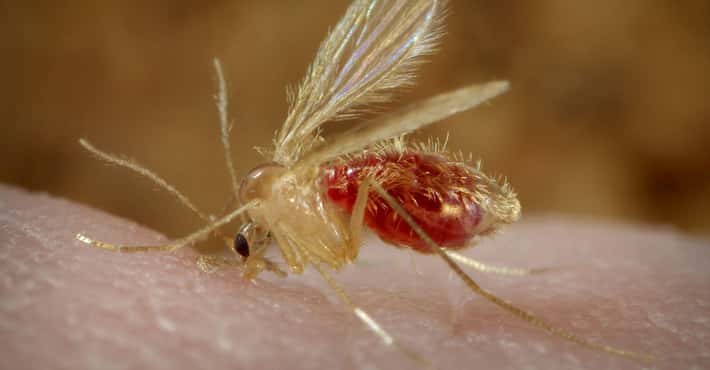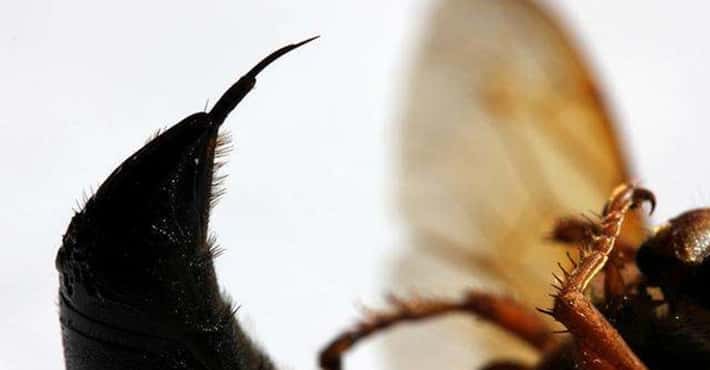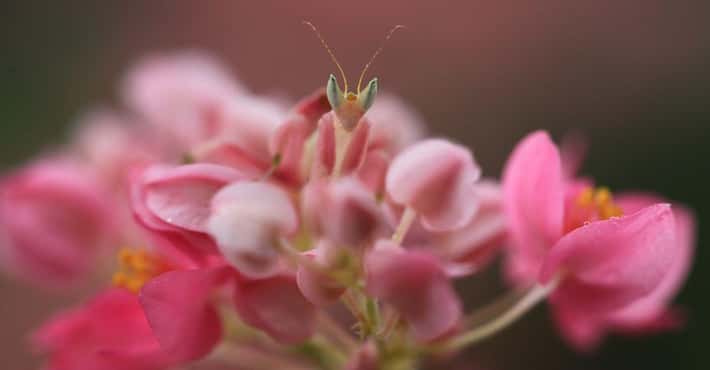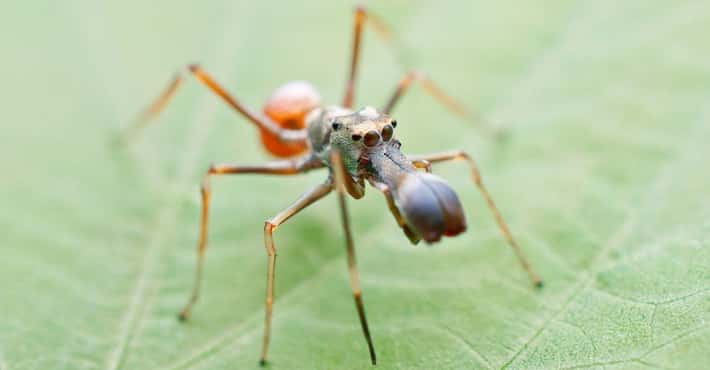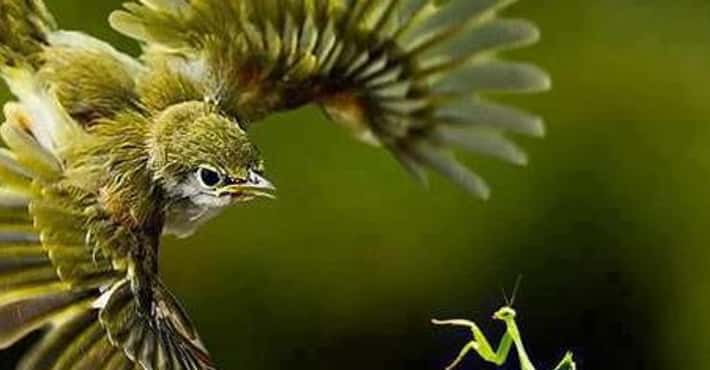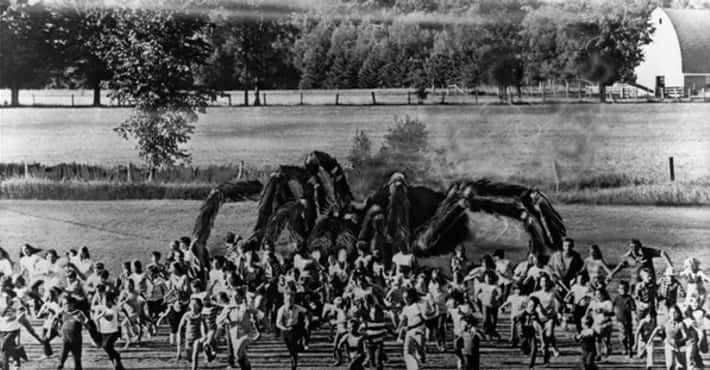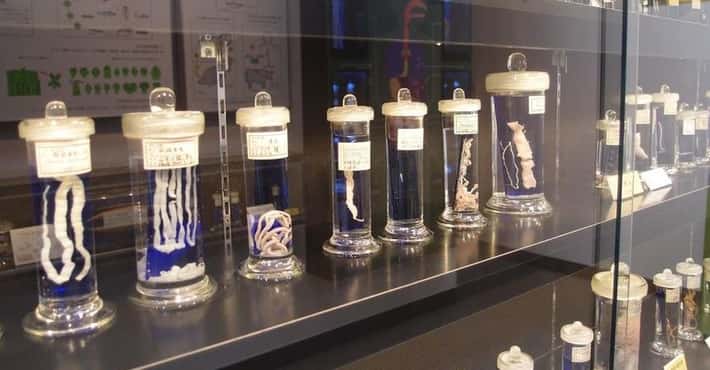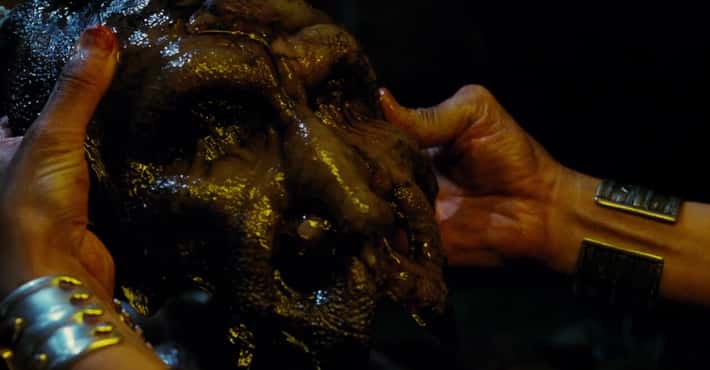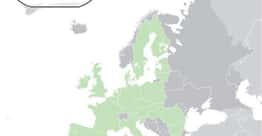'Meganeura' Was A Prehistoric Dragonfly With A Two-Foot Wingspan
- Photo: Yinan Chen / Wikimedia Commons / Public Domain
It Was About A Quarter Of The Size Of An Average Human
About the size of an eagle, Meganeura was one of the biggest insects in history. It had a wingspan of nearly 2.5 feet. Even the common name for Meganeura points to its size - rather than calling Meganeura a dragonfly, scientists dubbed it a "griffinfly."
The massive wingspan of the prehistoric creature stretched wider than most adult men today and taller than some toddlers.
- Photo: Andreone93 / Wikimedia Commons / CC BY-SA 4.0
It Had Sharp Teeth And Ate Meat
Meganeura hunted in an era before birds and bats existed. The species grew strong mandibles that gripped and carried prey. These appendages were toothed, making them even more formidable.
The giant prehistoric dragonfly hunted similarly to modern dragonflies, but it was large enough to prey on much bigger creatures.
- Photo: Bildflut / Wikimedia Commons / Public Domain
It Hunted Frogs And Newts
Meganeura ruled the skies 300 million years ago. While it hunted small insects, it also ate larger creatures, like frogs and newts.
At the time, these amphibians were still acclimating to a more terrestrial lifestyle. That shift made it easier for Meganeura to trace them.
- Photo: brewbooks / Wikimedia Commons / CC BY-SA 2.0
It Lived In Fern Jungles Before The Dinosaurs
Meganeura lived during the Carboniferous period. The species thrived in the humid wetlands, and larval Meganeura lived in the water. During its juvenile phase, Meganeura preyed on aquatic insects and even fish. A strong jaw helped the prehistoric dragonfly hunt in the water and from the air.
Giant insects like Meganeura dominated the Earth for millions of years before the dinosaurs.
- Photo: Gunnar Ries Amphibol / Wikimedia Commons / CC BY-SA 3.0
It Had Huge Eyes
Like today's dragonflies, Meganeura had highly evolved eyes. The prehistoric insect's eyes were incredibly large; they helped the creature scout out prey.
When Meganeura spotted a frog or other favorable food source, it struck with sharp leg spines and mandibles.
- Photo: Charles Brongniart / Wikimedia Commons / Public Domain
Its Wings Were Surprisingly Strong
Meganeura's wings might look like those of modern dragonflies, but they were significantly stronger. In fact, the creature's name stems from its wings - it means "large-veined."
The wings sustained a network of veins for power and cross braces that provided additional strength.
- Photo: Charles J Sharp / Wikimedia Commons / CC BY-SA 3.0
It Was Much Slower Than Modern Dragonflies
Meganeura was much more enormous than today's dragonflies, and with a wingspan of nearly 2.5 feet, it dwarfed most flying insects in history. But that size significantly impeded the prehistoric creature's movements.
Scientists suggest Meganeura moved more slowly than modern dragonflies because of the extra bulk.
- Photo: GermanOle / Wikimedia Commons / CC BY-SA 3.0
Its Size May Have Been Due To The Atmosphere's Composition
Why were prehistoric insects so much larger than modern ones? Scientists believe higher oxygen concentrations contributed to their increased sizes. Dragonflies don't have lungs; instead, they breathe through a series of tubes. Because of this, the higher levels of oxygen in the prehistoric atmosphere made it easier for large insects to breathe.
Today, the atmosphere consists of 21% oxygen; 300 million years ago, oxygen made up 35% of the natural gases. Scientists hypothesize Meganeura and other enormous insects went extinct because the atmosphere's oxygen levels decreased.
- Photo: Matteo De Stefano/MUSE / Wikimedia Commons / CC BY-SA 3.0
Its Size Might Have Helped It Avoid Oxygen Poisoning
Many scientists agree the atmosphere's higher oxygen concentration helped prehistoric insects grow remarkably large. But newer research suggests creatures like Meganeura might have ballooned to enormous sizes to avoid oxygen poisoning. In the larval phase, dragonflies live in water. And during Meganeura's time, higher oxygen levels led to more oxygen that dissolved in the water; larval Meganeura would have absorbed that gas.
Because high oxygen levels can harm living creatures, Meganeura could have grown to avoid oxygen toxicity.
- Photo: Alexandre Albore / Wikimedia Commons / CC BY-SA 4.0
Some Theorize It Went Extinct Because Of Atmospheric Changes
Scientists believe a higher concentration of oxygen in the atmosphere let insects grow larger in the past. Researchers found a direct connection between oxygen levels and wingspans for over 10,000 fossilized insects spanning the past 320 million years.
Many of the biggest insects were lost during the Permian period, around 250 million years ago. The Permian Extinction wiped out 90% of species on Earth. It also coincided with a change in the Earth's atmosphere which saw oxygen levels decline.
One study suggested Meganeura might have been sluggish and underperforming in the thinner air; newer, faster species might have driven it to its end.
- Photo: andytang20/The_Wookies / Wikimedia Commons / CC BY 2.5
Others Argue That Dinosaurs Evolved Into Birds And Out-Hunted It
Large insects that survived the Permian Extinction may have faced a new threat: flying dinosaurs. When dinosaurs like the Archaeopteryx first took flight about 140 million years ago, insect wingspans got smaller. The first dino-bird hybrid preyed on large insects and competed with them for food sources.
As researcher Matthew Clapham explained, the competition saw the ancient birds triumph:
These large insects are [predacious] and they eat smaller insects. It's possible that birds may have also eaten small insects, as many modern birds do. If they are competing for the same resource, birds may have been better competitors for these food sources.
- Photo: Hcrepin / Wikimedia Commons / CC BY-SA 3.0
Meganeura Fossils Were First Discovered In France In 1880
Explorers uncovered the first Meganeura fossil in France in 1880. It took five years for researchers to name the creature, but in 1885, French paleontologist Charles Brongniart dubbed the massive prehistoric dragonfly Meganeura because of its large-veined wings.
Additional Meganeura fossils turned up in both France and England.
- Photo: Dodoni / Wikimedia Commons / CC BY 3.0
Meganeura Wasn't The Only Enormous Prehistoric Insect
Many extraordinarily large insects coexisted with Meganeura. Higher oxygen levels during the Carboniferous and Permian periods, which stretched from 360 million years ago to 250 million years ago, gave prehistoric critters the opportunity to grow exponentially.
While Meganeura was the largest flying insect, a sea scorpion grew to 8 feet. And Arthropleura, a prehistoric millipede, rose to a size of 6 feet.


